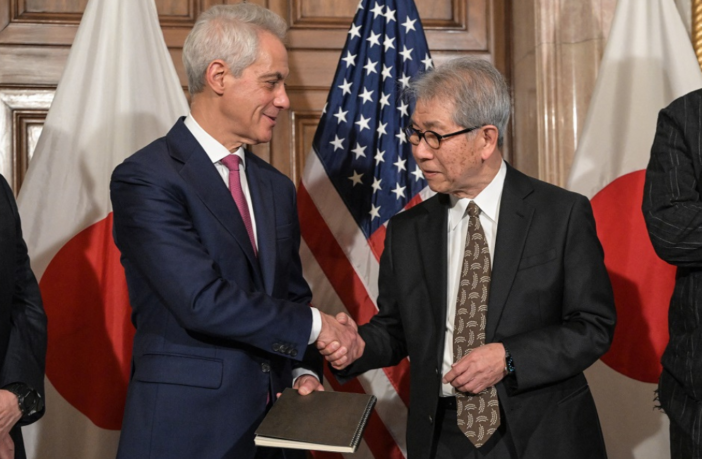The Pritzker Architecture Prize is the most coveted honor for architects worldwide. Since 1979, the Pritzker has recognized the most impactful, innovative living architects who are making a difference on an international level. This year, the prize went to Japanese architect Riken Yamamoto for his unique designs centered around community.
The 2024 jury specifically stated that Yamamoto was chosen for “creating awareness in the community in what is the responsibility of the social demand, for questioning the discipline of architecture to calibrate each individual architectural response, and above all for reminding us that in architecture, as in democracy, spaces must be created by the resolve of the people…”
Besides being visually interesting and effortlessly inviting, Yamamoto’s work has always put an emphasis on community. Believing privacy to have become over-favored in modern society, he believes that society should prioritize interacting and forming social bonds in order to thrive. At 78 years old, Yamamoto has spent the last 50 years creating housing plans, schools, civic spaces and more into visually unique spaces that encourage this very idea, with many of his projects spanning across Japan, the People’s Republic of China, the Republic of Korea and Switzerland.
“For me, to recognize space is to recognize an entire community,” Yamamoto expressed in a press release. “The current architectural approach emphasizes privacy, negating the necessity of societal relationships. However, we can still honor the freedom of each individual while living together in architectural space as a republic, fostering harmony across cultures and phases of life.”
Yamamoto has worked on a diverse array of projects, including airports, medical buildings, schools and universities and housing projects. Some of his best-known work includes the Yokosuka Museum of Art, an underground art exhibit that uses cutouts in the walls and large windows to bring community and nature into the gallery experience; Iwadeyama Junior High School, a modern building built with ceiling-to-floor windows and wide-open spaces that allow those who visit to connect with nature and see into other classrooms; and THE CIRCLE at Zürich Airport, a futuristic-looking shopping and community space in Switzerland’s buzzing transportation center.
“One of the things we need most in the future of cities is to create conditions through architecture that multiply the opportunities for people to come together and interact,” Alejandro Aravena, jury chair and the 2016 prize winner, commented on his public spaces. “He is a reassuring architect who brings dignity to everyday life. Normality becomes extraordinary. Calmness leads to splendor.”
But one of Yamamoto’s most significant accomplishments can be found in his housing projects. By integrating his philosophy into his designs, Yamamoto’s floor plans are created to decrease loneliness and encourage neighborly bonding. For example, Pangyo Housing, one of his designs in Korea, is a complex of nine low-rise housing blocks designed with a nonprescriptive transparent ground floor, community deck, playgrounds, gardens and bridges that connect houses together. These aspects have helped its residents feel more part of an interconnected community than an isolated unit.
“Yamamoto develops a new architectural language that doesn’t merely create spaces for families to live, but creates communities for families to live together,” says Tom Pritzker, chair of the Hyatt Foundation, which sponsors the award. “His works are always connected to society, cultivating a generosity in spirit and honoring the human moment.”
Explore more articles for the AAPI Community here.



